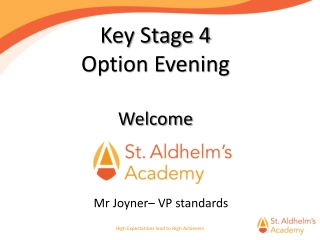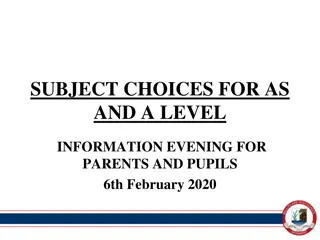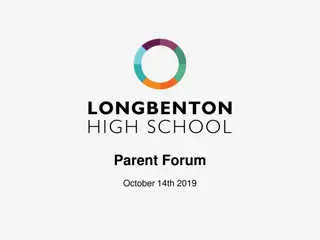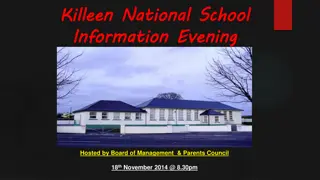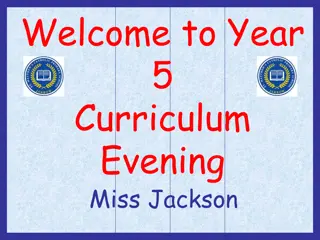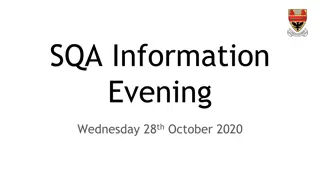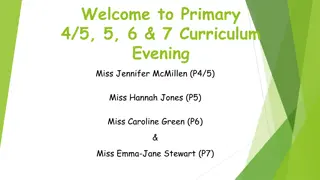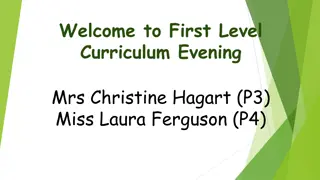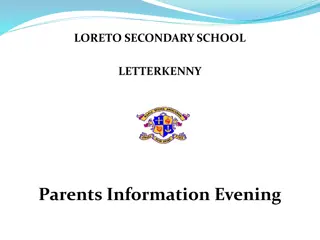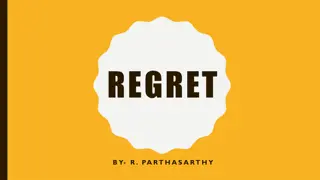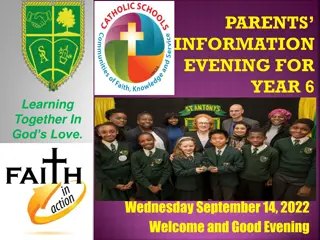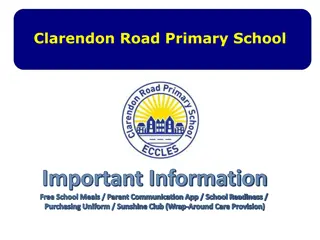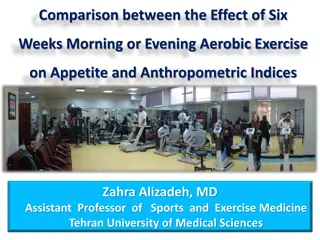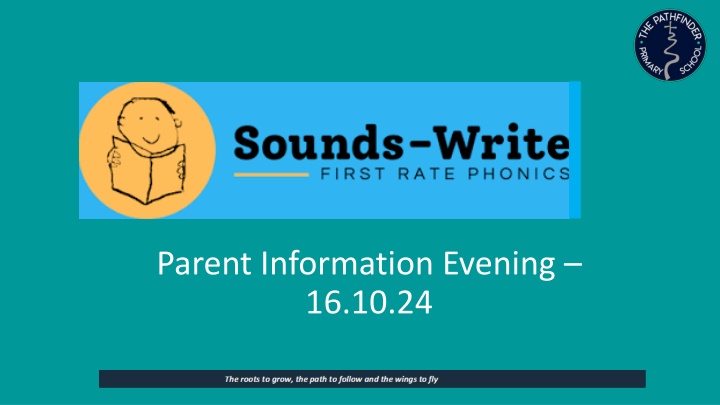
Teaching Phonics and Reading: A Comprehensive Guide
Discover the essential aspects of teaching phonics and reading, including what phonics is, why Sounds-Write is a quality program, how to teach children to read and write, the English alphabet code, and the skills needed to become a fluent reader. Explore the importance of segmenting, blending, code knowledge, and phoneme manipulation in the learning process. Learn why precise pronunciation of sounds is crucial for young learners. Gain insights into effective teaching methods through examples of lessons in the Sounds-Write program.
Download Presentation

Please find below an Image/Link to download the presentation.
The content on the website is provided AS IS for your information and personal use only. It may not be sold, licensed, or shared on other websites without obtaining consent from the author. If you encounter any issues during the download, it is possible that the publisher has removed the file from their server.
You are allowed to download the files provided on this website for personal or commercial use, subject to the condition that they are used lawfully. All files are the property of their respective owners.
The content on the website is provided AS IS for your information and personal use only. It may not be sold, licensed, or shared on other websites without obtaining consent from the author.
E N D
Presentation Transcript
Parent Information Evening 16.10.24
PHONICS AT PATHFINDER What is Phonics? What is written language? What is Sounds Write? Sounds-Write is a quality first phonics programe. Its purpose is to provide a comprehensive system to teach reading, spelling and writing.
WHY SOUNDS-WRITE? Speaking and listening comes naturally. What doesn t come naturally is learning to read and write. This needs to be explicitly taught.
LEARNING TO READ AND WRITE Segmenting pull the word apart into sounds. Blending putting the sounds/parts together.
HOW DOES THE ENGLISH ALPHABET CODE WORK? To become fluent readers and spellers children need to know: 1. Letters are used to spell individual sounds (one at a time, from left to right across the page). 2. Each sound may be spelled by one or more letters. cat ship night weight 3. Many spellings represent more than one sound. e.g. the spelling <ea> can represent the sounds: sea thread break 4. Sounds may be written in more than one way: play rain great *gate ay ai ea a 4.
What skillsneed to be practiced and perfected to become a fluent reader? Segmenting Blending Code knowledge know how to spell the sounds in the language. Phoneme manipulation the ability to change the sounds in words by adding, deleting, or substituting phonemes. We practice these skills daily in our phonics
SAY THE SOUNDS CORRECTLY When your children start to learn to read and write, we DO NOT use letter names. We just say the sounds very precisely. https://video.link/w/IxS7d
SAY THE SOUNDS CORRECTLY When your children start to learn to read and write, we DO NOT use letter names. We just say the sounds very precisely. https://video.link/w/IxS7d
EXAMPLES OF SOME LESSONS IN SOUNDS WRITE Word building https://video.link/w/fv S7d Sound Swap Dictation Say the sounds and read the words.
WRITING Phonetically plausible attempts: plai, lollee, duk In this word we spell /ae/ like this ay play Spellings in Year 1 and 2: linking to previously taught units, assess through dictation.
HOME READING BOOKS These books will be focus on previous taught units so children can continue to rehearse the sounds and skills needed to read. The focus is to build fluency, children should be able to apply their code knowledge. Please write in reading logs each time your child reads. It may only be a few pages each night. Children need to read multiple times to ensure for fluency and understanding.
OTHER WAYS TO SUPPORT AT HOME Read, read and read some more to your child it doesn t have to be story books, TV guide, football results Environmental print cereal boxes, road signs Segment instructions Go to /b/e/d/. Watch Alphablocks Write lists shopping lists, Christmas lists, to do lists


